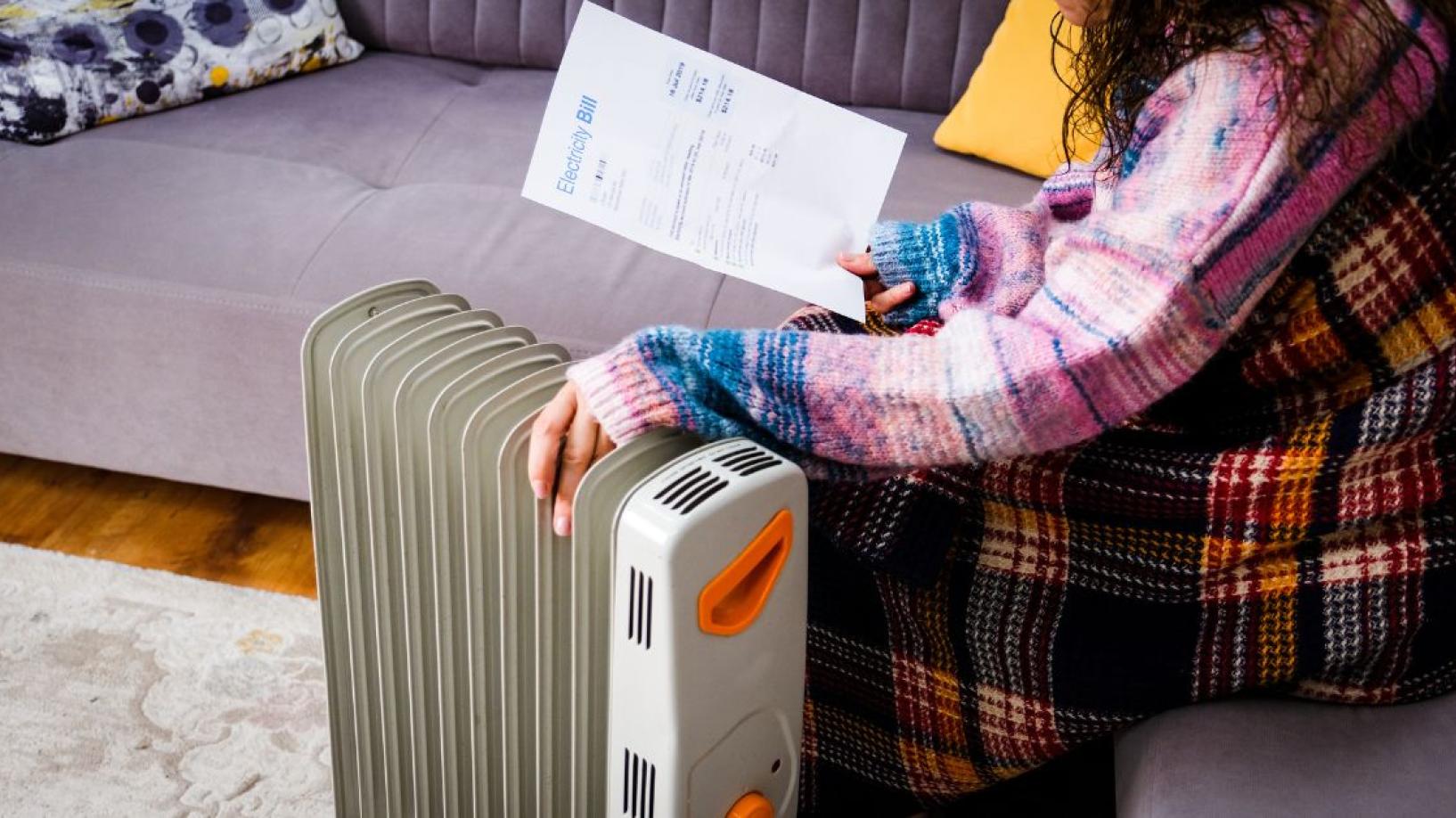A bigger than expected electricity bill can catch you off guard. Some of the reasons why it may have increased are outside your control - and we're talking to decision-makers and industry and asking them for improvements and cost savings on your behalf. However, sometimes there are things you can do to reduce your bill so we've included some information below that could help you take that action.
In this article, we explore what an average Australian power bill looks like, reasons why your bill may have increased and how small changes to your usage can make a big difference.
What is the average electricity bill in Australia?
The average electricity bill varies a lot between households. Your bill will look different depending on many variables such as the energy plan you're on, the electricity network you're located in, the season, what appliances you're using, how many people you have in your home, and whether or not you're also paying a gas bill. Take a look at the table below using data from the ACCC to see how your bill stacks up.
Area | Average Electricity Bill (Year) |
|---|---|
| National Electricity Market (NEM) | $1814 |
Victoria (VIC) | $1526 |
New South Wales (NSW) | $1927 |
South-East Queensland (QLD) | $1994 |
South Australia (SA) | $2150 |
Amounts represent the average annual residential customer electricity bill in 2024 for households without a controlled load. Source: ACCC
Remember, most people get their bills either monthly or quarterly, so make sure you look at your billing period before you make a comparison.
Could it be my energy plan?
The ACCC has found that 80% of Australians could be on a cheaper energy plan. Retailers aren’t automatically required to put you on the best plan, so it’s up to you to shop around.
As a consumer, you can:
- Call your energy retailer and ask to be put on the best plan (check out this article for examples of what to ask), and
- If you’re in NSW, ACT, SA or Tas, visit the Energy Made Easy website (or Victorian Energy Compare if you’re in VIC).
Could it be how much electricity I’m using?
Yes, how much electricity you use impacts the final cost of your bill. It’s not the only factor, but it’s one area where small changes can make a big difference. One easy way to do this is if you're looking to buy a new electrical appliance, consider the energy rating. More efficient appliances can cost more up-front, but you can often save a lot over the lifetime of the appliance because you pay less for the appliance to run.
Seasonal changes
The time of year and weather conditions can have a big impact on how high or low your power bill is. When the days are shorter in winter, we’re more likely to spend most of our time inside with the lights on, appliances going, and heater cranking. In summer, it’s a similar story – air conditioners ramp up electricity use.
Comparing your electricity and gas use to the same month or season last year will give you the most accurate idea of how your energy use and bill changes over time (e.g. compare summer 2025 to summer 2024).
Time-of-use and demand tariffs
If you're on a time-of-use or demand tariff, when you use electricity may increase your bill – but it’s more complicated than that.
Learn about different types of tariffs
In our research, we found that households on time-of-use or demand tariffs were mostly adjusting their appliance usage for less energy intensive appliances like washing machines (73%) and dishwashers (58%). Relatively few were changing when they use heating, cooling, or water heating, which are the things that cause most of a household's usage costs.
Time-of-use tariffs can be good for people who can easily shift when they use their energy. If you are often at home during the day, you can run your appliances when prices are typically cheaper. Similarly, if you have an energy efficient home (homes that stay warm when you heat them and stay cool long after you’ve had the air conditioning on), you can heat or cool your home when energy is cheaper. People with home batteries and other technology may also benefit from a time-of-use tariff - but they don’t suit everyone.
We think it's important that you have the ability to choose the energy plan that’s right for you and your circumstances.
Understand the different components of your power bill
Taking the time to read your bill can help you understand why it may have increased. One potential answer is that the billing period - the number of days for which you have been charged - may be different.
Read our article, What makes up the cost of a bill?, to get the tools to understand your bill better.
What contributes to your electricity bill the most?
The biggest contributors to your energy bill are heating and cooling, making up about 35% to 75% of total usage in an average household.
One of the best ways to decrease your electricity bill is to pinpoint what’s using the most energy. Some of the biggest culprits are your heating or cooling system, water heater, fridge, and freezer. Importantly, how energy efficient your home or small business is, and its size, will also make a significant difference (energy efficient homes and business premises stay warm when you heat them and stay cool long after you’ve had the air conditioning on). Places that are not very energy efficient, will be more expensive to keep cool in summer or keep warm in winter.
For households, other factors to be aware of are:
- Extra people: During the busy times of year like the holidays, there might be more people than usual in a space, which means more power is being used.
- Other appliances and electronics: Internet routers, sound systems, TVs and other larger appliances, and old halogen light bulbs may zap extra dollars. Leaving switches on when appliances aren’t in use can also cost you over time.
For small businesses, it might be worth getting an energy audit to understand what is using the most energy for your business as it will differ depending on your industry.
How can I lower my power bill?
While your power bill may have gone up, there are steps you can take to help manage your bill.
How much electricity you use forms part of the overall picture of your electricity bill. Heating and cooling are the biggest culprits when it comes to energy usage, so if you’re looking to make changes at home, they’re a great place to start.
For a small business, this will depend on what industry you’re in - an energy audit will help you best understand this.
Read our article, How can I lower my energy bill, for more tips on what you can do.

